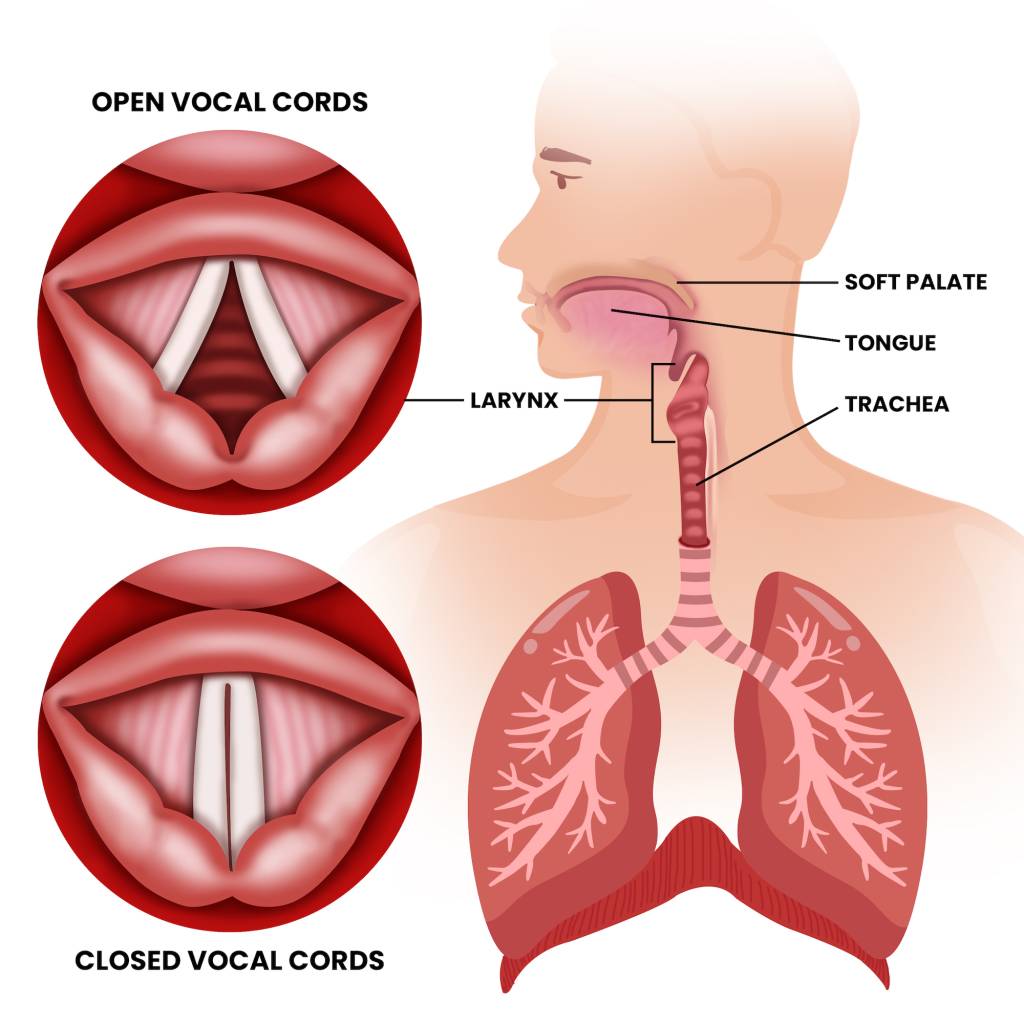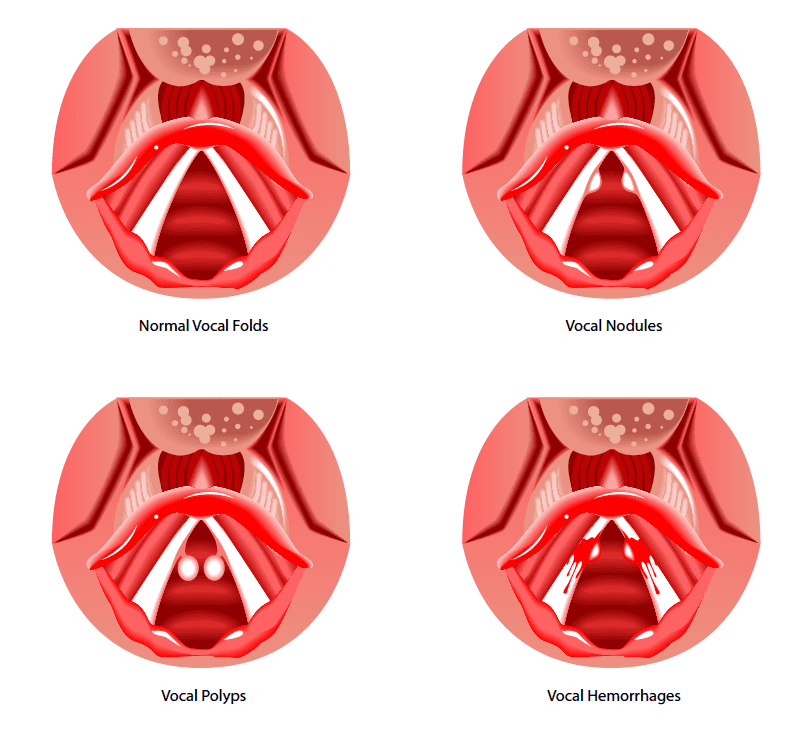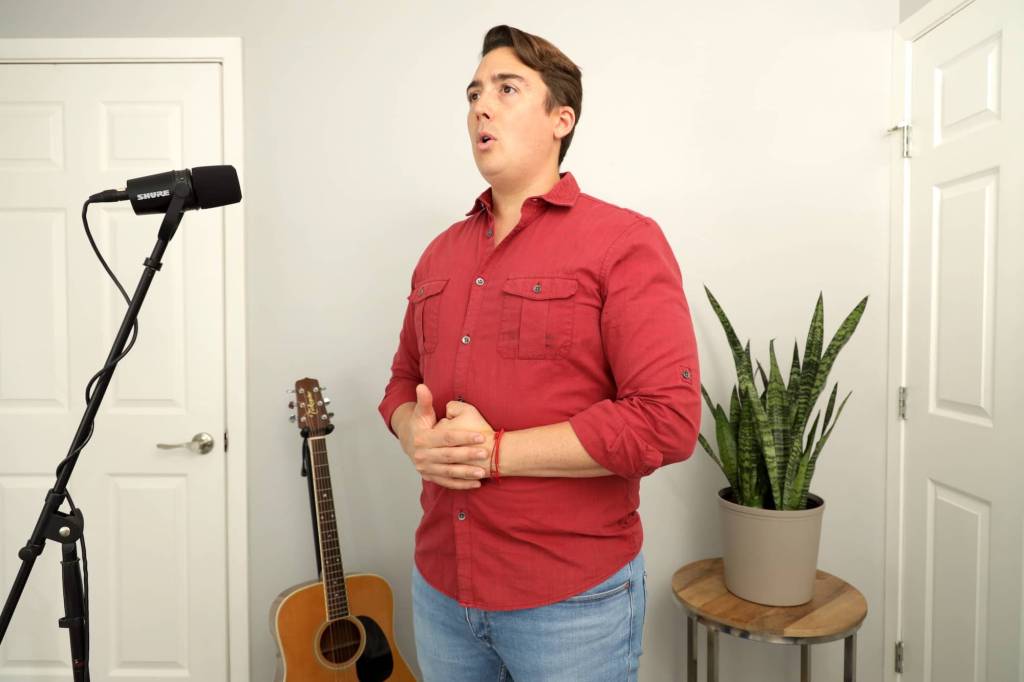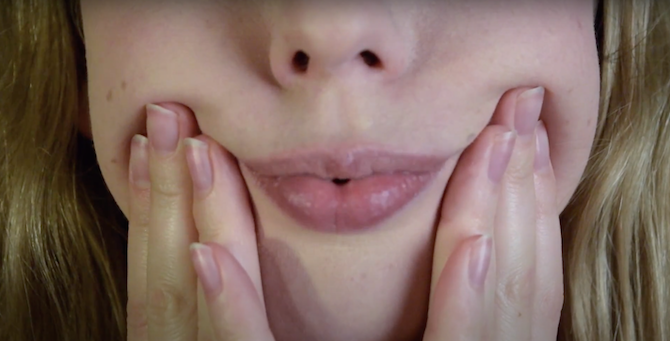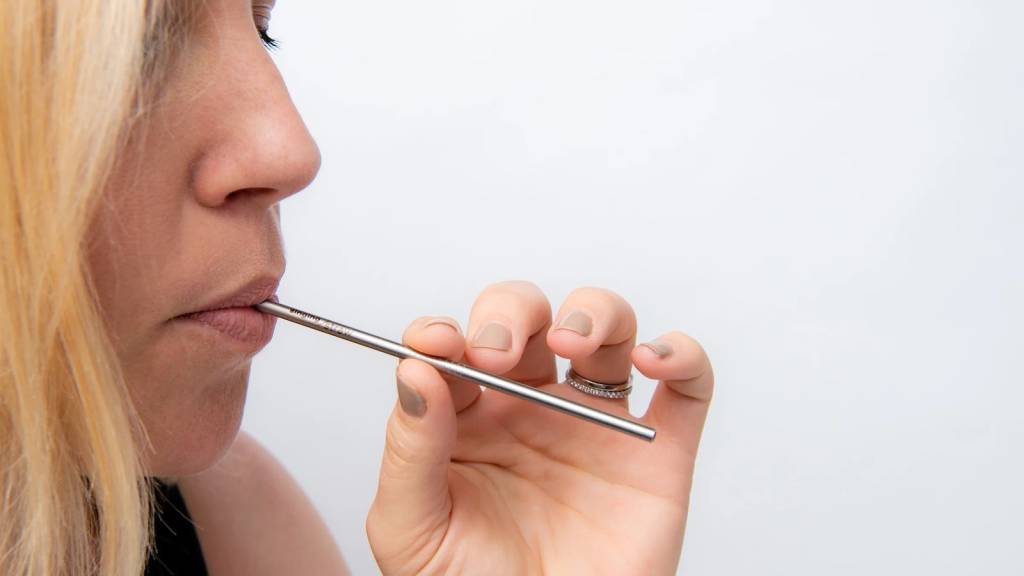Vocal Health for Singers: Preventing and Recovering from Vocal Damage
Let’s face it:
Every singer worries about damaging their voice at some point.
And for good reason!
Your voice is your instrument, your body, and your passion rolled into one.
But here’s what’s scary:
Many singers don’t realize vocal damage when they see it (or hear it).
Just look at what can happen when you don’t prioritize your voice:
- Hoarseness that won’t go away…
- Vocal nodules or polyps…
- Complete loss of voice for days…
The truth is, vocal damage is more common than most singers realize.
As many as 1 in 2 professional singers experience vocal problems at some point in their careers.
(And that’s probably due to the sheer amount of singing they’re doing, not necessarily poor technique)
But what if I told you that vocal damage for most beginner, intermediate, and even advanced singers is completely preventable?
And even better—if you do experience vocal problems, there are proven ways to recover and get back to singing stronger than before?
Today, I’m going to share everything I’ve learned about vocal health from working with 2,000+ students, some of whom have faced serious vocal issues.
Ready to protect your voice for a lifetime of singing?
Let’s dive in!
What Is Vocal Damage, Actually?
Before we talk about prevention and recovery, it’s important to understand what actually happens when your voice gets damaged.
Your vocal folds are delicate tissues that vibrate hundreds of times per second when you sing.
Think of them a bit like the strings on a violin—they need to be flexible, smooth, and free to vibrate properly.
The vocal cords work exactly the same way. They vibrate at certain frequencies, to create sound.
We hear the vibrations as pitch, tone, and well….singing.
Common Types of Vocal Damage
Now, there are several different types of vocal damage that can occur in singers.
Here are a couple that I have seen in my studio…
- Vocal Nodules Small, “callus-like” growths that develop on both vocal folds, usually from excessive overuse of the vocal cords. They’re like calluses—your body’s attempt to protect the vocal folds from continued abuse.

- Laryngitis Inflammation of the vocal folds, often caused by a bacterial or viral infection, acid reflux, or vocal overuse. Laryngitis can be “acute” (meaning it’s pretty short-term) or “chronic” (long-lasting).
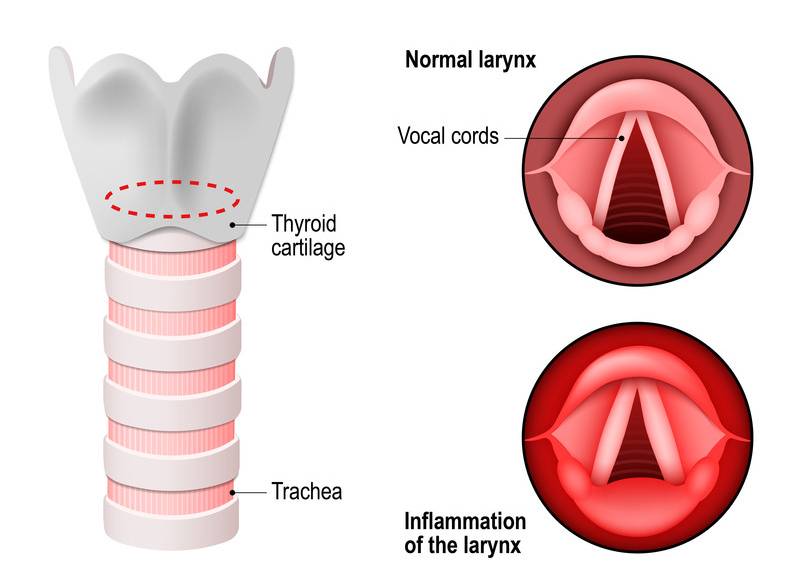
- Muscle Tension Dysphonia This is a BIG word! But essentially, MTD (as most people abbreviate it) is excessive tension in the muscles around the voice box. MTD can lead to vocal fatigue, strain, and potential tissue damage over time. As you can see, there are a LOT of muscles around the throat and voice.
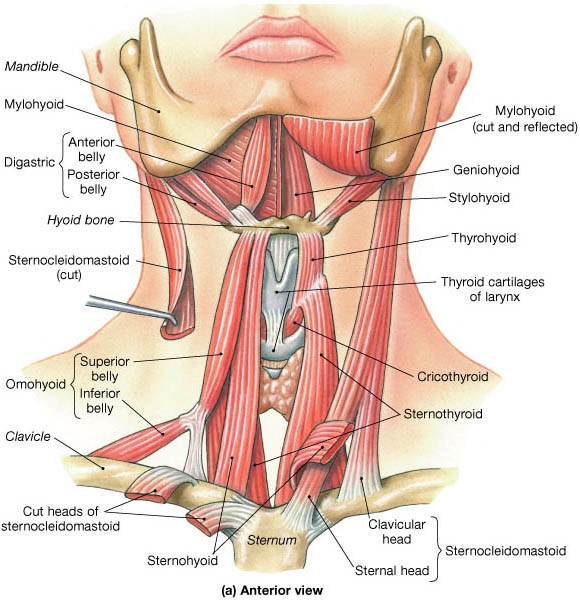
- Vocal Polyps Fluid-filled lesions that typically develop on one vocal fold. Unlike nodules, polyps can develop from a single traumatic event (like screaming at a concert).

- Vocal Hemorrhage Bleeding within the vocal fold tissue, often from sudden, intense vocal use. This is a serious condition requiring immediate vocal rest. A vocal hemorrhage is like a bruise in the vocal cords.
What Causes Vocal Damage?
There are lots of factors that can contribute to vocal damage. I’ve made a list of some of the most common ones I see in my studio here…
- Vocal overuse or abuse – Singing too long, too loud, or with poor technique
- Dehydration – Reduces the natural lubrication your vocal folds need
- Acid reflux – Stomach acid irritates and inflames vocal fold tissue
- Environmental irritants – Smoke, allergens, dry air
- Poor vocal technique – Excessive compression, strain, or tension
- Lifestyle factors – Poor sleep, stress, inadequate nutrition
Keep in mind that vocal damage doesn’t usually have ONE single cause, but a combination of issues, leading to a “vicious cycle” that creates vocal problems.
The good news? Most of these factors are within your control.
Can You Prevent Vocal Damage?
Okay, ready for more good news?
The best ways of preventing vocal damage are pretty easy.
Probably the hardest part is making sure to create rituals based around the following recommendations – and making sure to make them a part of your daily routine.
The Foundation: Lifestyle Factors
Before we even talk about singing technique, let’s address the lifestyle factors that can make or break your vocal health.
Drink Water!
Your vocal folds need to stay moist to function properly.
Here’s what works:
- Drink water consistently throughout the day – Not just before singing
- Limit dehydrating substances – Alcohol, caffeine, nicotine and antihistamines can dry out your vocal folds
- Use a humidifier – Especially in dry climates or during winter – this depends on where you’re located in the world. My students in Las Vegas get “Vegas Throat” meaning they have especially drying weather.
Sleep 7-9 Hours
Quality sleep is when your vocal cords heal and regenerate:
- Aim for 7-9 hours nightly – This is especially important for vocal health with touring artists
- Avoid late-night eating – Reduces acid reflux risk
Avoid Inflammatory Foods
Acid reflux is a major cause of vocal damage, often without obvious symptoms:
Foods to avoid or limit:
- Spicy foods
- Citrus fruits and juices
- Tomato-based products
- Chocolate
- Caffeinated beverages
- Alcohol
- Fried or fatty foods
Rest
As singers, we want to know our body and our limits. But sometimes, we don’t know our limitations until we meet them head-on.
Singers also tend to be a “proud” bunch. Meaning that we will sometimes ignore signals from our body to keep doing something that we love.
So, know when to rest your voice (if possible) and you’d be amazed at how much a little break can do.
Now, even before we get into the exercises, I just want to say that addressing these lifestyle factors can do A LOT to help you prevent any lasting vocal damage.
Try them out on your own and you may pull yourself out of any singing trouble.
Vocal Recovery “Ramsey-Style”
Important Note: While I’ll share practical strategies I’ve used with students, every singer should establish a relationship with an ENT (Ear, Nose, and Throat doctor) for professional medical guidance on vocal health.
My Approach: Don’t Use The Force, Luke
In my experience working with vocally injured students, the key to getting your voice healthy again is to find the right balance between your airflow and your vocal cord pressure.
Many vocal problems come from excessive “compression”—too much pressure and tight closure of the vocal folds.
In other words, if you’re singing with too much pressure and muscle, you may continue hurting yourself.
The solution is learning “flow phonation,” where the balance between airflow and the vocal cords is in balance.
How do you know?
If you feel like you’re forcing it, you probably are.
Or kind of like Darth Vader once said, “Don’t Use The Force, Luke!”
7 Essential Recovery Exercises for Your Voice
These exercises are some of the ones I’ve used over a decade now to help reduce vocal compression.
Additionally, these exercises also promote healing through gentle, easy singing.
Now, I have to warn you:
A few of these exercises will seem downright weird if you haven’t done them before.
Consider checking the way you perform these with a trained vocal coach, or Speech Language Pathologist (SLP) to make sure you’re doing them correctly.
Exercise #1: The Siren Lip Trill
I know, I know!
Every voice teacher (and their mother) tells you to do lip trills.
And guess what!
It’s because they work.
In fact, lip trills are excellent for balancing air pressure and promoting vocal fold healing.
Want to Nail Those High Notes?
Every singer wants to expand their range. Expand Your Range Fast will show you how to finally hit high notes in your voice without straining. Expand your range by 5 notes or more!
Here’s how to do it:
- Gently place your fingers on the sides of your lips in your cheeks
- Next, with your fingers creating some “slack” with your lips, make a motorboat sound with your lips. Make those lips nice and floppy as you blow the air to create a trilling sound with your lips.
- Next, add a gentle “Uh” vowel behind the lips as you sing the lip trill
- Slide up from a low note up to a high note, then back down
While you’re doing the trill, focus on keeping the airflow steady and the lips nice and floppy.
A lot of the time when people say they can’t lip trill, it’s because they’re holding their lips wrong or too tightly.
And if the trill stops, it’s possible you’re not getting the right “flow” with the lips as you sing.
Why it works: Lip trills create back-pressure that prevents excessive vocal fold compression while encouraging proper breath support. Don’t worry, you’ll see how much breath these take, especially in the longer scales.
Exercise #2: The Straw Exercise
Did you know that singing through a straw is one of the easiest ways of reducing compression in your singing voice?
As a matter of fact, you can even buy “singing straws” that come in different sizes for you to sing through.
But you don’t need to buy one.
Most likely, you can get a regular-sized straw (think like a typical soda straw – not an overly fat one) at your local grocery store or dollar store.
Now that you have your straw, how the heck do you sing with this thing?
I’ll show you…
Here’s how to do it:
- Fill a small water cup about ½ full of water
- Next, wrap your lips around one end of the straw
- Then insert the other end of the straw about ¼” underneath the surface of the water in the cup
- Finally, sing an “Uh” vowel through the straw into the water.
If you do it right, you should hear a steady stream of bubbles coming from the water.
(And obviously, play with the angle and height of the cup to avoid splashing yourself with the bubbling water)
Similar to the lip trill, slide up from a low note up to a high note, then back down.
Why it works: The straw exercise also creates back-pressure that helps the vocal folds to vibrate correctly. Plus, it’s a great exercise if you have trouble with the lip trill.
Exercise #3: The 5-Tone “Foo”
Now that we’re done with trills and straws, let’s start singing with our mouths (slightly) open!
In the following exercise, I’ll have you sing a “Foo”, as in the word “Food” without the “d”.
This exercise encourages maximum airflow with minimal vocal strain.
Here’s how to do it:
- Say “Foo” (as in “food”) in a gentle, slightly relaxed and yawny way – almost as if you’re singing it like Goofy from the Disney cartoons. Focus on feeling that relaxed yawning and lots of airflow from the “f” consonant.
- Starting on a comfortable note in your voice (try C3 for guys, and A3 for ladies), sing “Foo-Foo-Foo-Foo-Foo” on an ascending 5-tone scale like this:


- Keep the sound even and without any sound of strain or pressure
Quick tip: If you feel any strain or effort, imagine that you’re just saying the word “Food” (without the “d”) on the pitch, without straining.
Why it works: The “F” consonant naturally creates airflow, while the “oo” vowel doesn’t overcompress the vocal cords. This combination promotes healing through gentle vocal fold contact.
Exercise #4: The 5-Tone “Fee”
Just like the “Foo”, in the following exercise, we’ll be keeping the flowy “f” consonant.
But this time, rather than singing “ooh”, you’re going to sing “ee”.
This “ee” vowel adds slightly more vocal fold engagement while maintaining the flowing quality.
Here’s how to do it:
- Say “Fee” (as in “feet”) with the same flowing, yawny quality you found with the “Foo” exercise
- Sing “Fee-Fee-Fee-Fee-Fee” on a 5-tone scale like this:


- As you’re singing, try to keep the same relaxed and even feeling on the “Fee” like you’re just saying the word “Feet” in a slightly yawny way.
Note: The “ee” vowel will naturally add a little more vibration to the vocal cords, but keep it gentle at the same time.
Why it works: This bridges the gap between maximum flow (“Foo”) and normal singing, gradually adding back in more vocal cord closure. That’s why it’s important to do this exercise AFTER the “Foo”.
Exercise #5: The 1.5 Octave “Wee”
Now that we’ve decompressed the bottom part of your voice, let’s start to relax your higher notes as well.
In this case, we will use a “Wee” (like “weed”) on a 1.5 octave arpeggio which brings you from your lowest notes up to your highest notes.
Here’s the scale for guys.

Here’s the scale for girls.

Here’s how to do it:
- Say “Wee” (as in “Weed”) out loud at a comfortable volume with a slightly yawny or goofy sound. This is the same sound that we used to remove strain from the “Foo” and “Fee” exercises.
- Starting on a comfortable note (try C3 for guys and A3 for ladies) sing the words “Wee-Wee-Wee-Wee-Wee” on an octave and a half scale
- As you’re singing, try to “allow” your voice to move easily from the lower notes to the higher notes – not getting stuck on any notes between.
- Don’t worry about power—prioritize ease and flow
Please Note: If you have to break into falsetto or head voice as you go from low to high, that’s totally fine! Focus on making the “Wee” as yawny-sounding as possible to keep the compression on your vocal cords light.
Exercise #6: 1.5 Octave “Foo”
In our next exercise, we’re going to use the same “Foo” sound we explored earlier and apply it to the 1.5 octave scale.
Here’s how to do it:
- Sing a sustained “Foo” on a comfortable pitch
- Focus on keeping the tone relaxed, yawny and strain-free
- Finally, starting on a comfortable note (try C3 for guys and A3 for ladies) sing the words “Foo-Foo-Foo-Foo-Foo” on an octave and a half scale.
Here’s the scale for guys:
And here’s the scale for ladies:

As you’re singing this exercise, try to keep the tone as relaxed and yawny as you can.
If you sound like “Goofy” from the Disney cartoons, you’re in the exact right position.
Exercise #7: The 1.5 Octave “Fee”
In our final exercise, we’re going to sing the 1.5 octave scale, but this time on the word “Fee”, rather than “Foo”.
Whereas the “ooh” vowel encourages less compression of the vocal cords, the “ee” vowel here is gently adding back in some more resonance.
Here’s how to do it:
- Sing a sustained “Fee” on a comfortable pitch
- Focus on keeping the tone relaxed, yawny and strain-free. If you hear any amount of “edginess” or “buzz” from the “ee” vowel as you sing it, try to relax the sound – just like you’re saying the word “Feet”.
- Finally, starting on a comfortable note (try C3 for guys and A3 for ladies) sing the words “Fee-Fee-Fee-Fee-Fe” on an octave and a half scale.
Once again, here’s the scale for guys:

And for the ladies:

Out of all the exercises we’ve tried today, this one may be the most likely to tense up for you.
If you feel that tension in your voice, consider adding a slightly more “yawny” sound to the word to relax the compression.
Long-Term Vocal Health Strategy
Building Strength in Your Voice
Whether you’re recovering from a vocal injury, or just trying to prevent one, always remember this:
The goal isn’t to just “get by” vocally – it’s to build a voice that can withstand the demands of a singing career.
Often times, that means that you need to combine the lifestyle factors we’ve talked about WITH good singing techniques.
Here are some examples of habits to develop when you’re improving your vocal health:
Singing Techniques:
- Master “flow phonation” (basically not overcompressing the vocal cords) as your default
- Develop a warmup that supplies bloodflow to your vocal cords and prepares you to sing whatever range or style you want to sing in
- Learn to bridge the different vocal registers without vocal breaks or strain
- Modify songs from other artists to fit your voice more (finding a better key, style, or tone that suits your voice)
Lifestyle Factors:
- Make hydration a non-negotiable habit
- Prioritize sleep as part of your professional routine
- Avoid foods/drinks that encourage inflammation, acid reflux and dehydration (like coffee, spicy foods, dairy, etc)
- Don’t smoke
The Bottom Line on Vocal Health
Your voice is irreplaceable.
Unlike other instruments, you can’t buy a new one if this one breaks.
But the good news is that most voices are very resilient.
And with proper care, your voice can last a lifetime and even improve with age.
Remember that recovery requires patience, proper technique, and often medical collaboration
And gentle vocal use promotes healing, especially when you combine it with healthy lifestyle factors.
To sum it all up:
- Stay hydrated consistently
- Prioritize sleep and don’t smoke
- Address acid reflux, inflammation, allergies and environmental irritants
- Learn and practice “flow phonation” techniques
- Listen to your voice and body. If something hurts, don’t force it.
When in doubt, see an ENT.
Your voice is worth seeing a professional about.
Even if you don’t make your full living from music, having a good ENT can help you prevent trouble BEFORE it starts.[/vc_column_text][/vc_column][/vc_row]
Want to Nail Those High Notes?
Every singer wants to expand their range. Expand Your Range Fast will show you how to finally hit high notes in your voice without straining. Expand your range by 5 notes or more!


